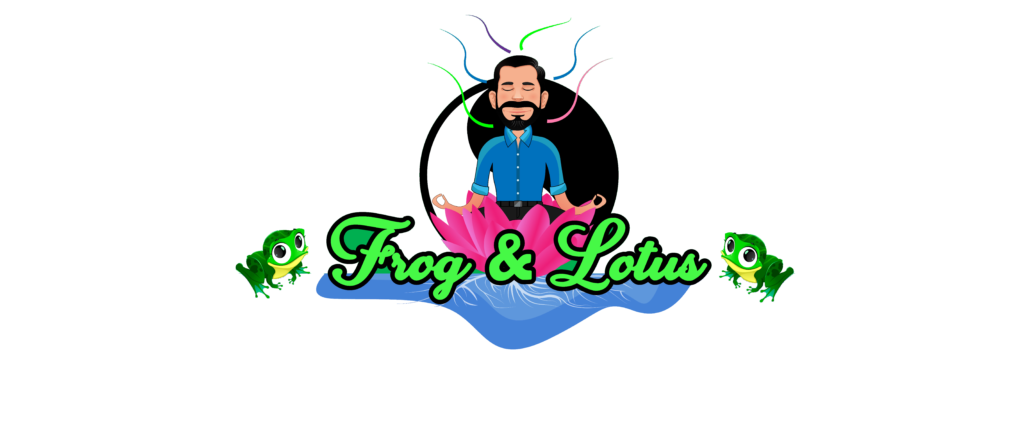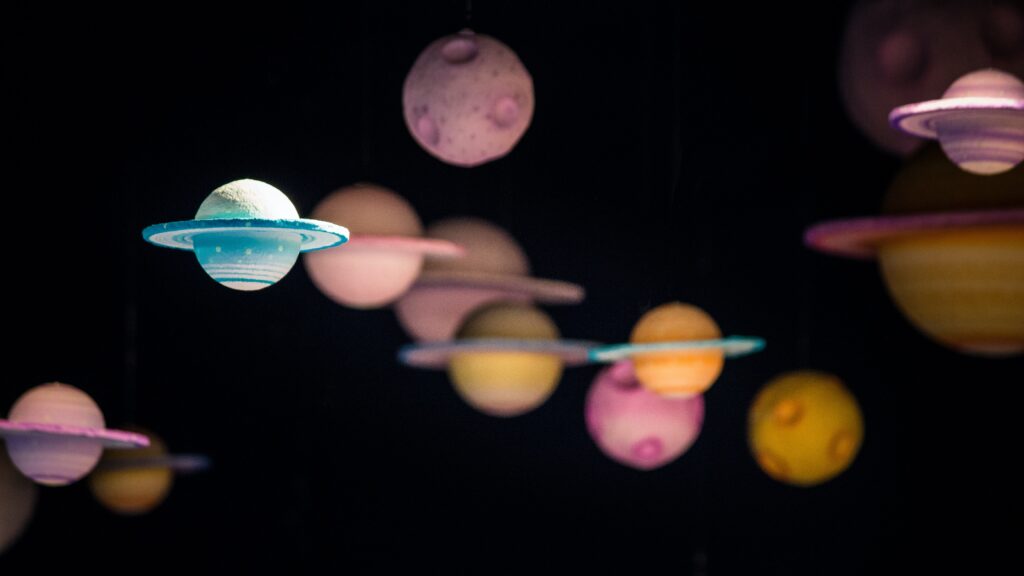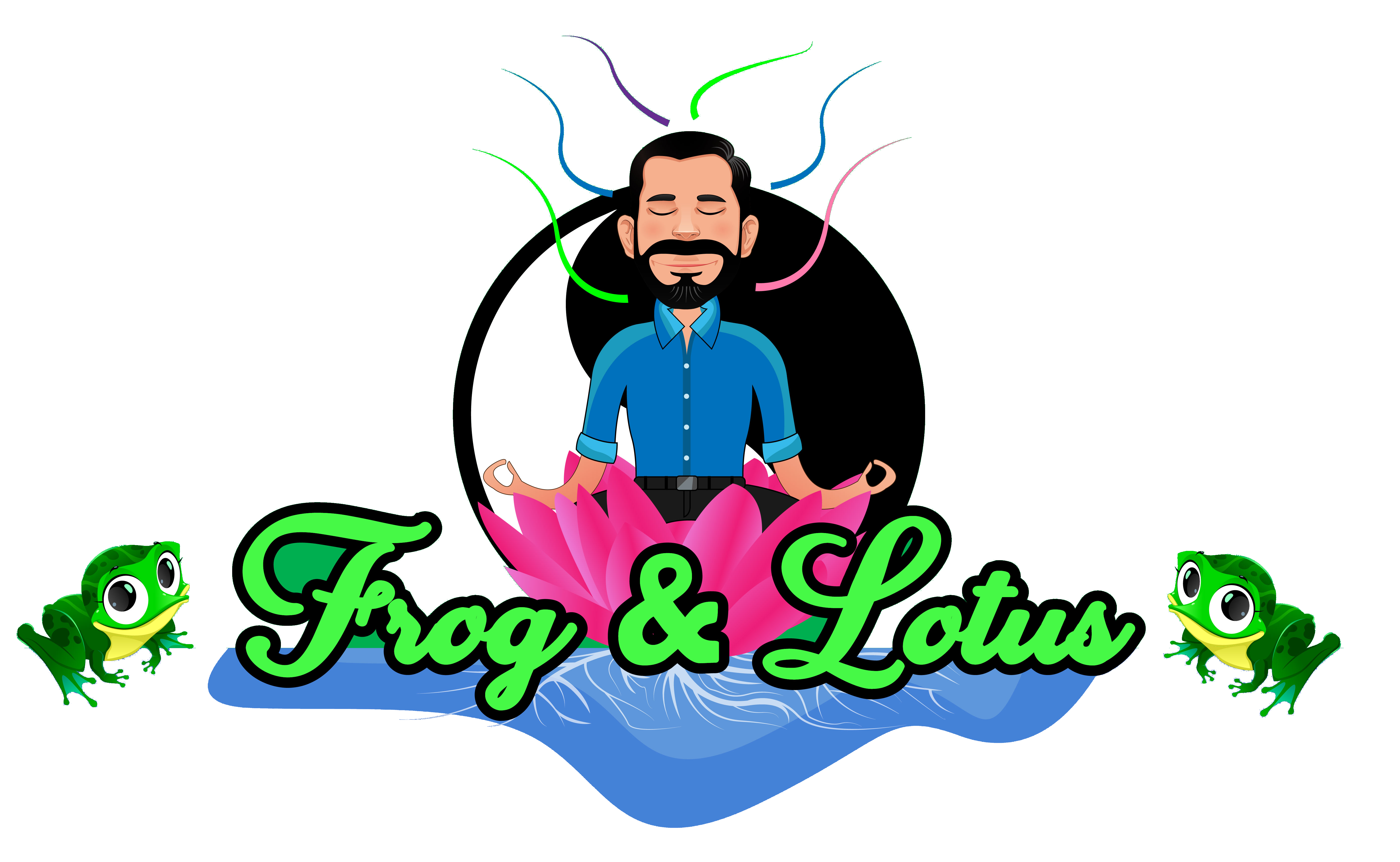When I was a little kid, I loved laying on my back outside at night and staring up at the stars. We had a planetarium in my hometown and our elementary school took frequent trips to visit it. I had a great opportunity to learn about solar systems, galaxies and the universe, as a collection of matter that formed the planets and stars. I’m fairly certain that I learned about the basics of planetary orbits around the sun before I learned about the atomic orbits of electrons around the nucleus of an atom. The planetary lessons described the vastness of what we see when we look up and imagine that which is all around us. Later, we learned about matter, molecules and atoms, specifically what we are made of on the inside.
It has always seemed obvious to me that the dynamics of planets revolving around the sun on an infinite level in an expanding universe mirror that of what happens at the atomic level, infinitesimally, inside of us. The periodic table of elements that we learn about in chemistry teaches us the uniquely known atoms and their corresponding number of electrons, etc. Atoms have structure and they interact with other atoms to form molecules. Depending on other factors, such as temperature, these particles speed up or slow down giving our human minds the perception of solids, liquids and gases. Regardless of what we see, we know that everything around us is made up of tiny particles whizzing around. To me, all of this seems to be too similar to outer space to ignore.
This is subject matter that most of us leave to the experts far more learned and intelligent than ourselves. The studies of both outer and inner space are complex indeed. Trying to understand Einstein’s theory of relativity and Steven Hawking’s teachings of quantum physics and a unified theory of everything requires a level of “System 2” focus that most of us our incapable of enduring. As it turns out, in the thirty-plus years since I took chemistry and physics classes, the theories have changed. Scientists are now proving theories that everything is just energy.
I’m not trying to sound smart here. My knowledge of these topics is limited, to say the least. My point is simply that we go about our daily lives on Earth as human beings living outwardly focused lives based on events and things: births and deaths, weddings and funerals, houses, cars, money and jobs. Our egoic consciousness tends to focus on these things and I suppose we are designed that way so that we can function here on Earth. Yet that objective consciousness reveals only a small window into the vastness of the universe that exists both inside and outside of us.
The Star Wars movies don’t seem that far-fetched when you consider they all take place in a galaxy far, far away. And what if the atoms that serve as building blocks for matter are all solar systems themselves? Could there be infinitesimally small life forms living on the electrons that whiz around their atomic nucleus? Is the Doctor Seuss movie, Horton Hears A Who, really that unrealistic? Perhaps someday, Honey, I Shrunk the Kids will become a reality and the idea behind the Martin Short / Dennis Quaid movie, Inner Space, will allow us to further explore those tiny worlds. In The Matrix, the futuristic world has developed technology to “plug in” to the human brain and trick the individual into believing that the made up, computer programmed world is reality. Are these movies really science fiction? If you’ve ever played a virtual reality game, you know this isn’t that far-fetched. These games already have the full field of vision and sound worked out. Once they fine tune touch, taste, and smell, they will have us fooled completely.
The only thing that separates inner space with outer space is the very thing standing between them, our human minds. When we become aware of our conscious limitations, we find we are able to transcend them. I used to think a lot about these things as a kid on an elementary level. As I grew up, I became more attached to the objective world around me. That curious young mind became covered up by the clouds of ego, judgments, and “shoulds” of western culture. In my own personal awakening, I find myself going back to some of these curiosities I explored as a kid and taking them seriously again. I was on to something all those years ago, but not trusting my own intuition I followed the path of what was expected. It’s never too late to become curious again.
Photo by David Menidrey on Unsplash


